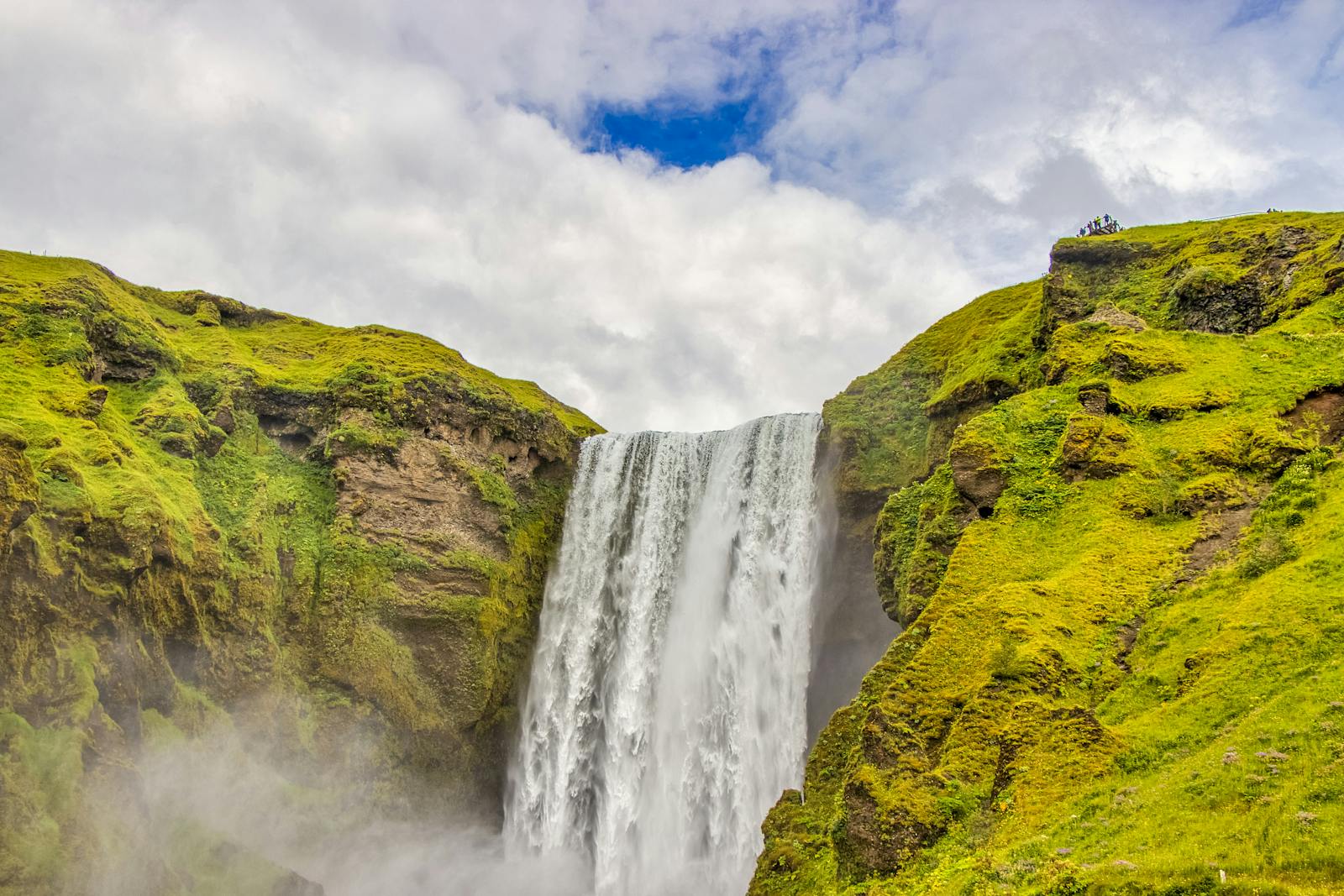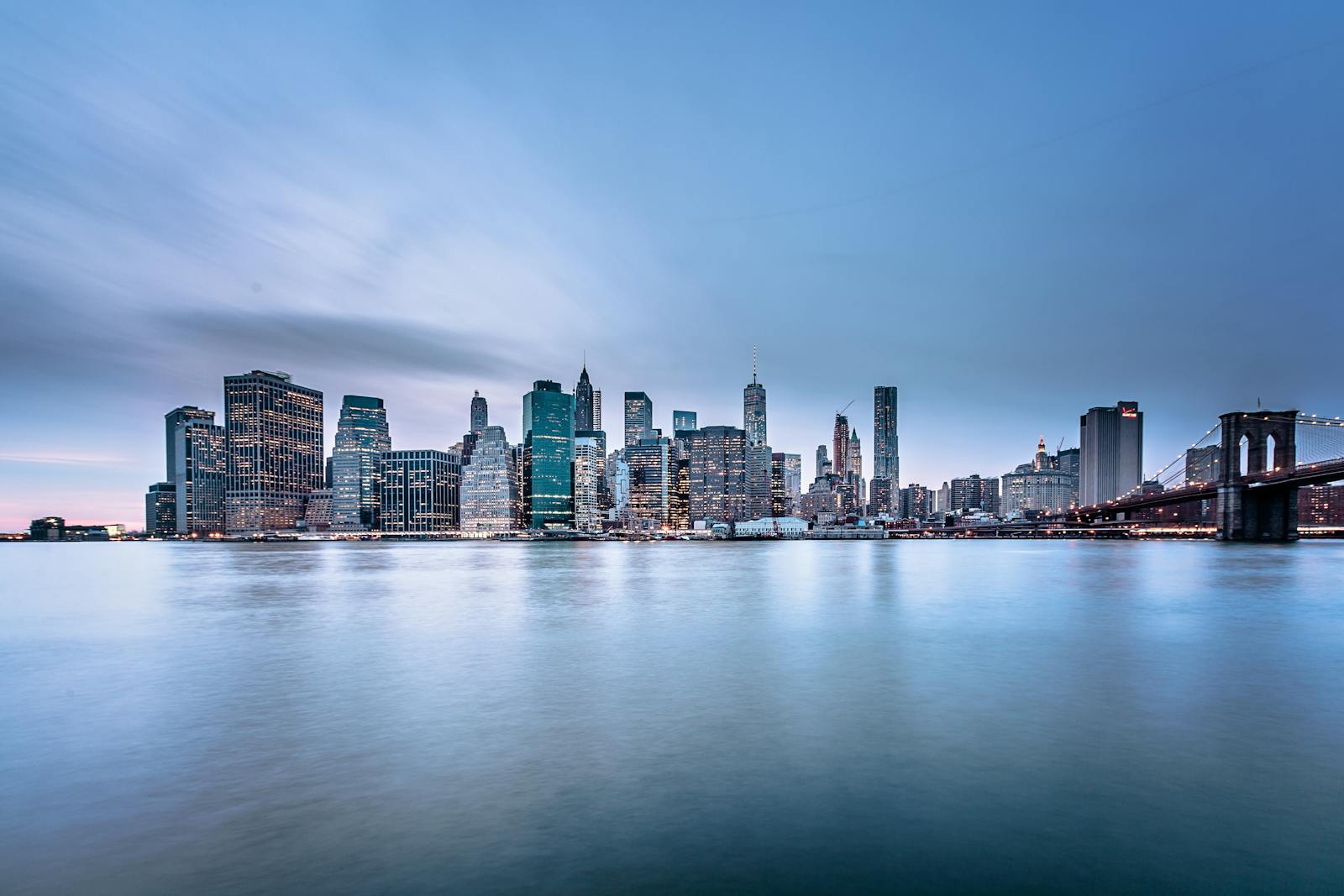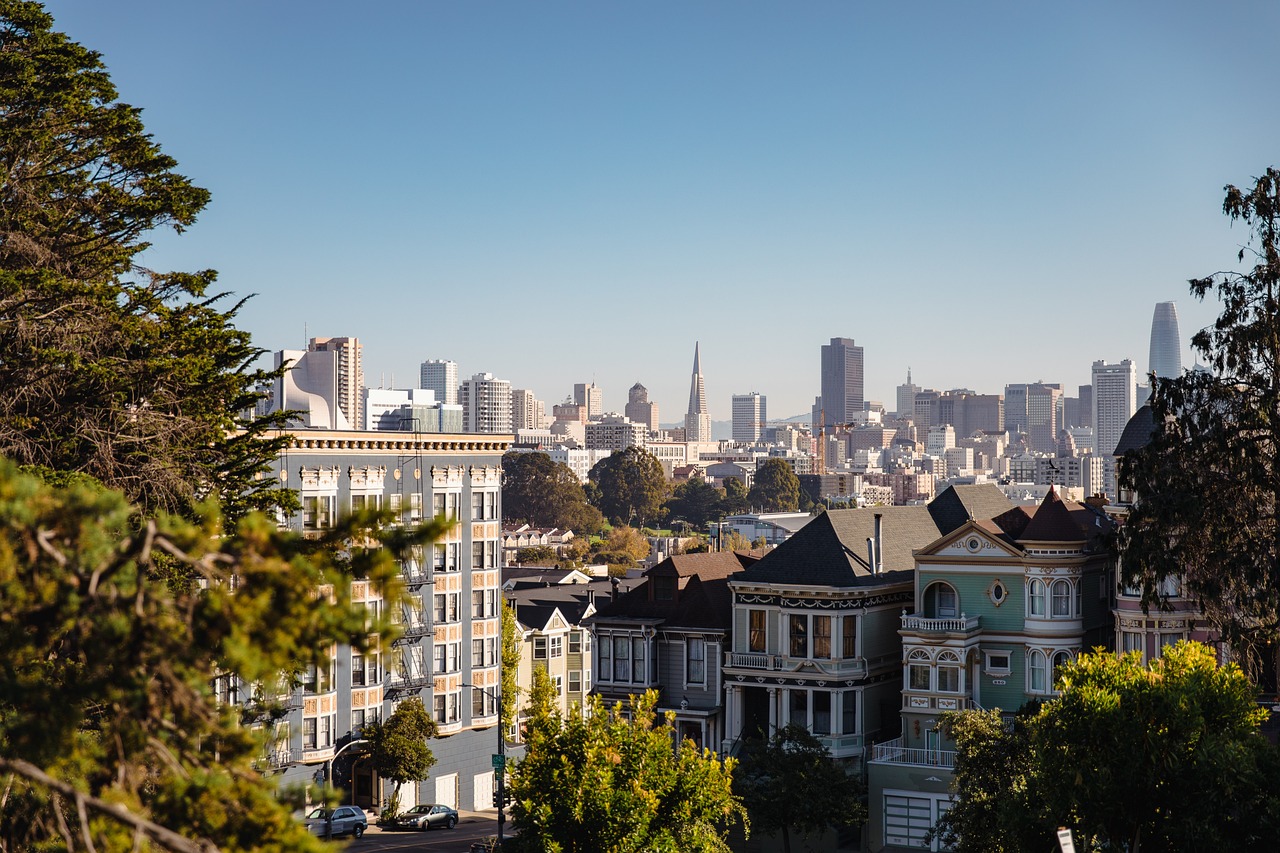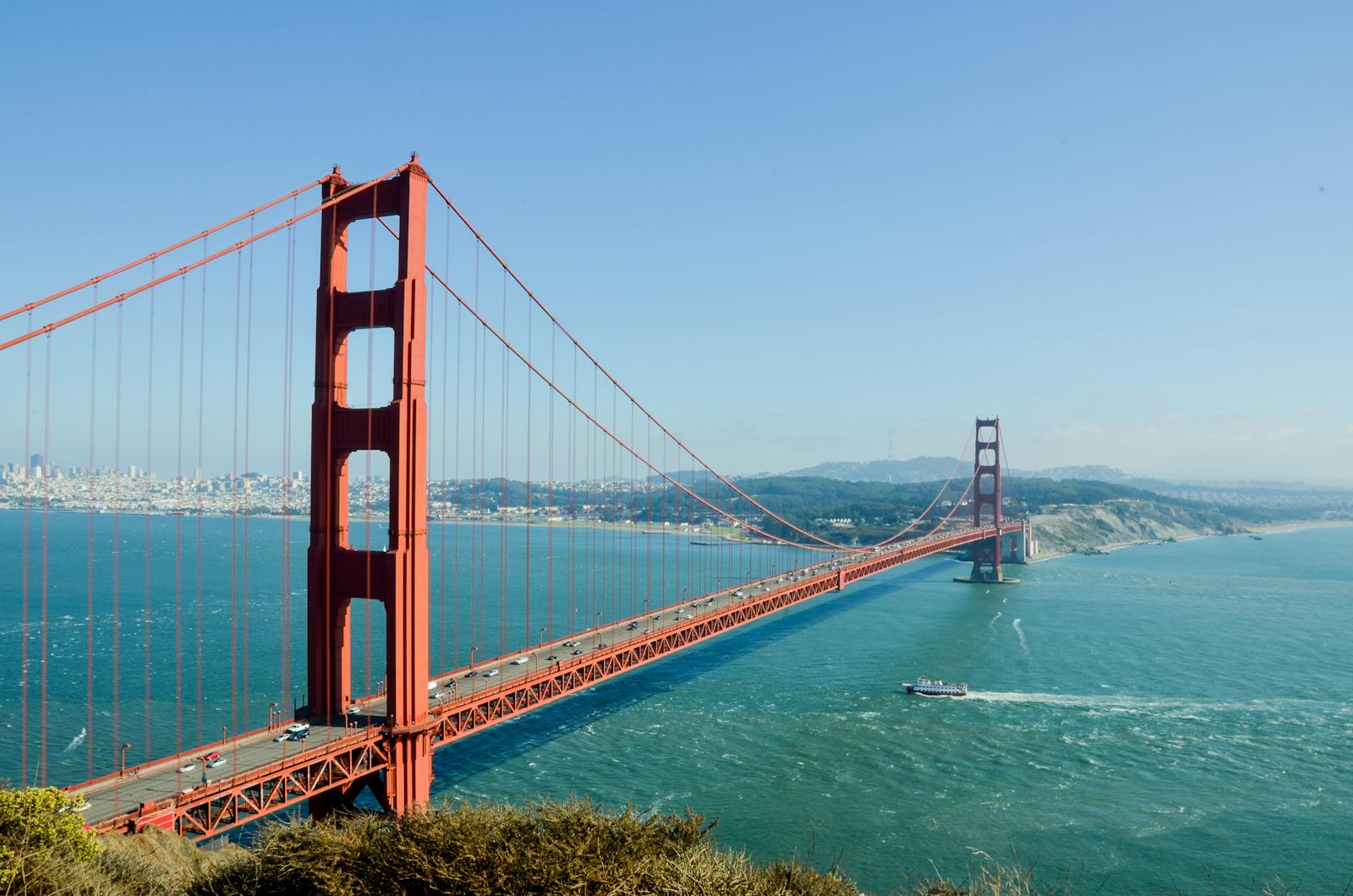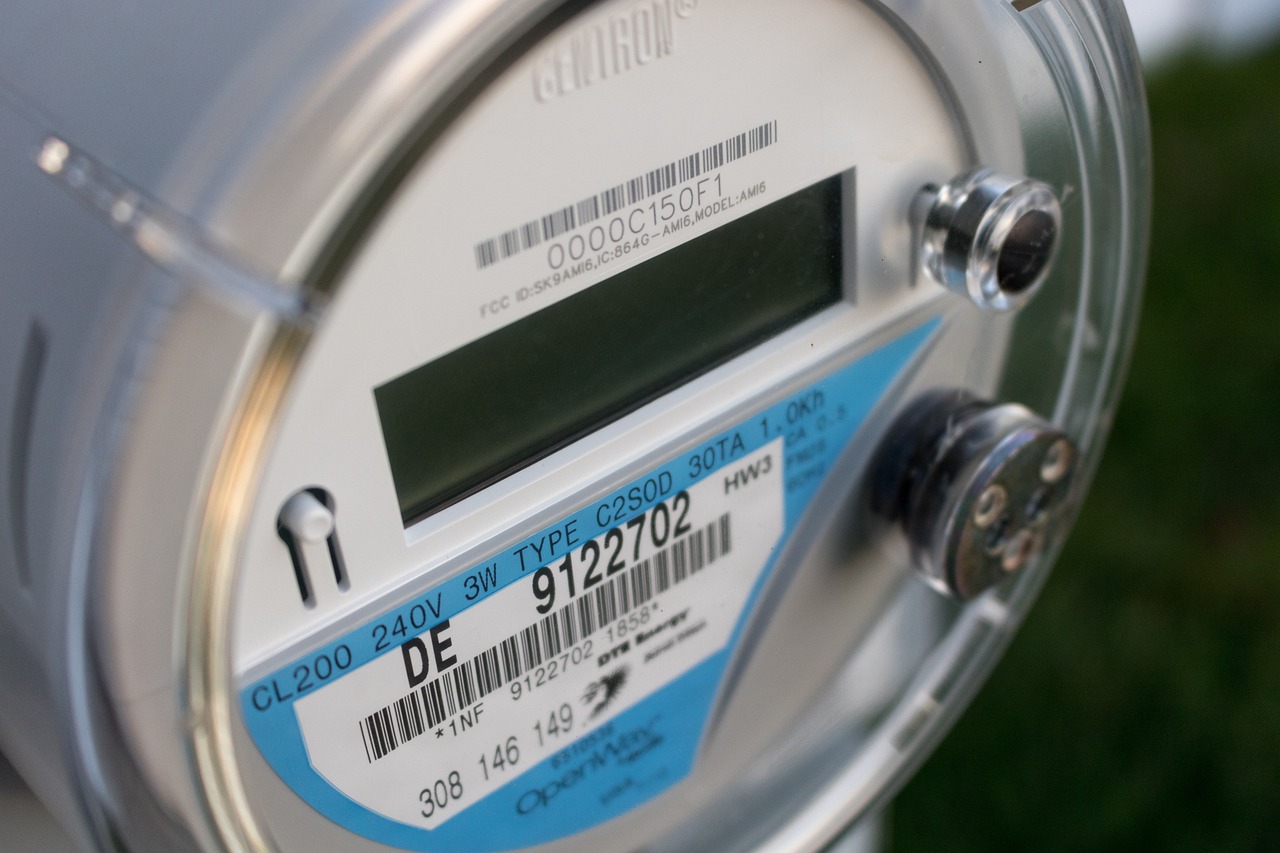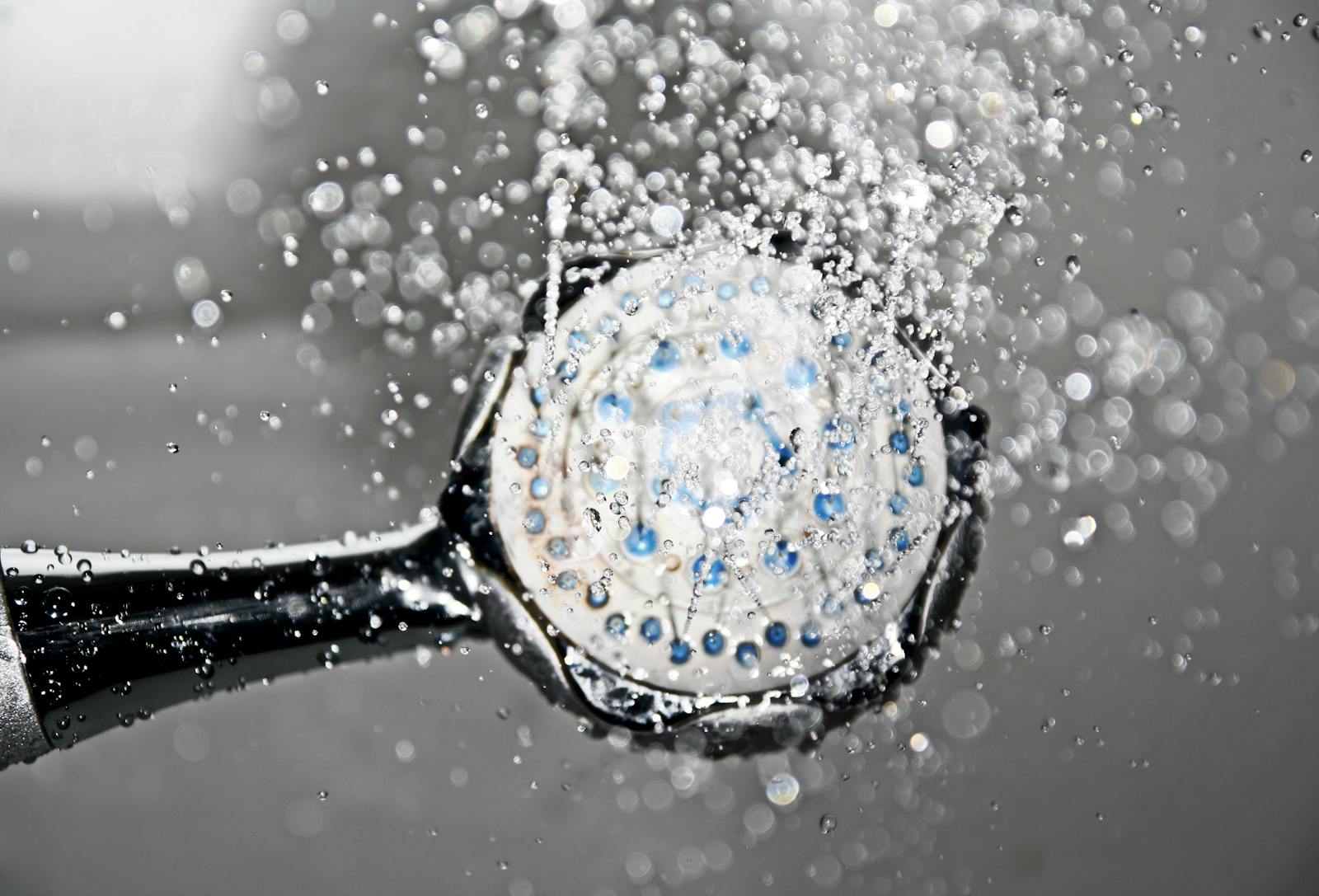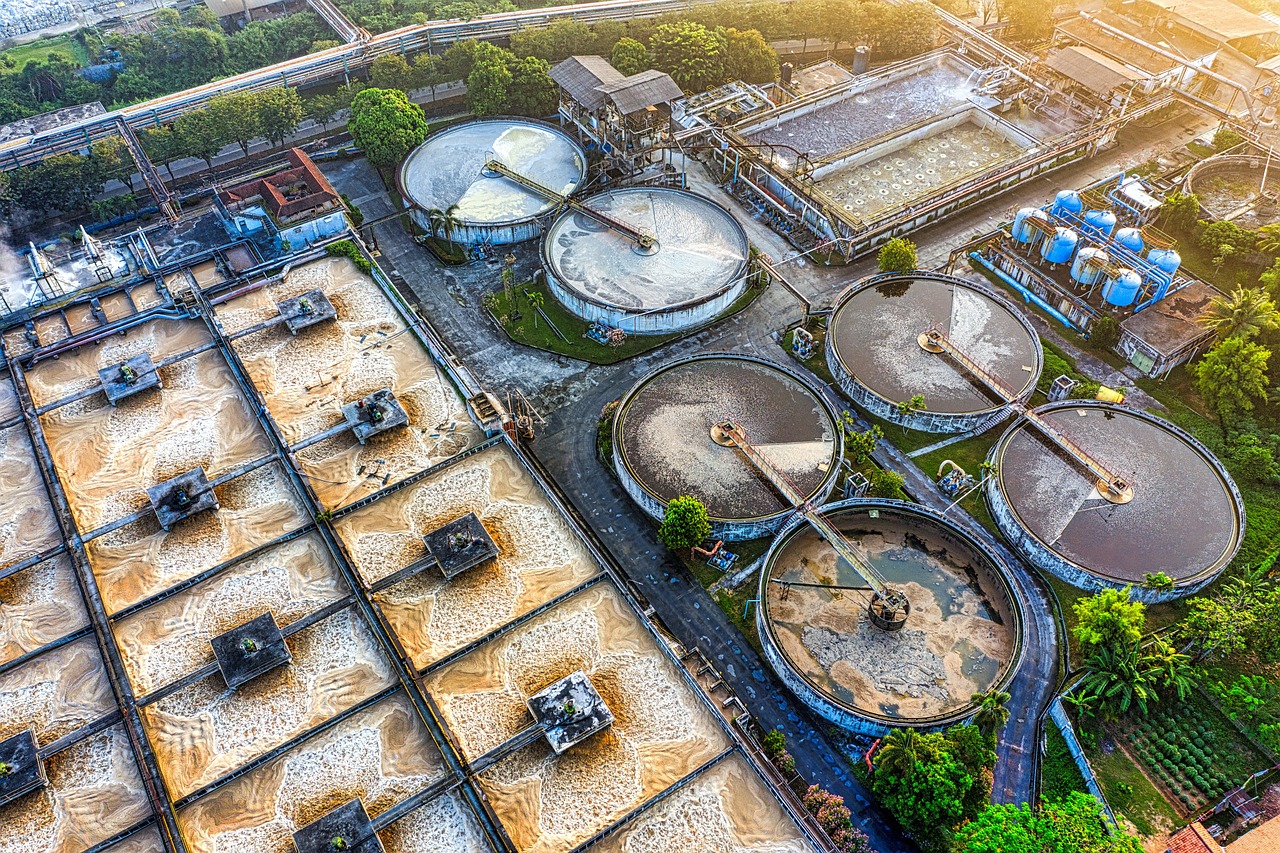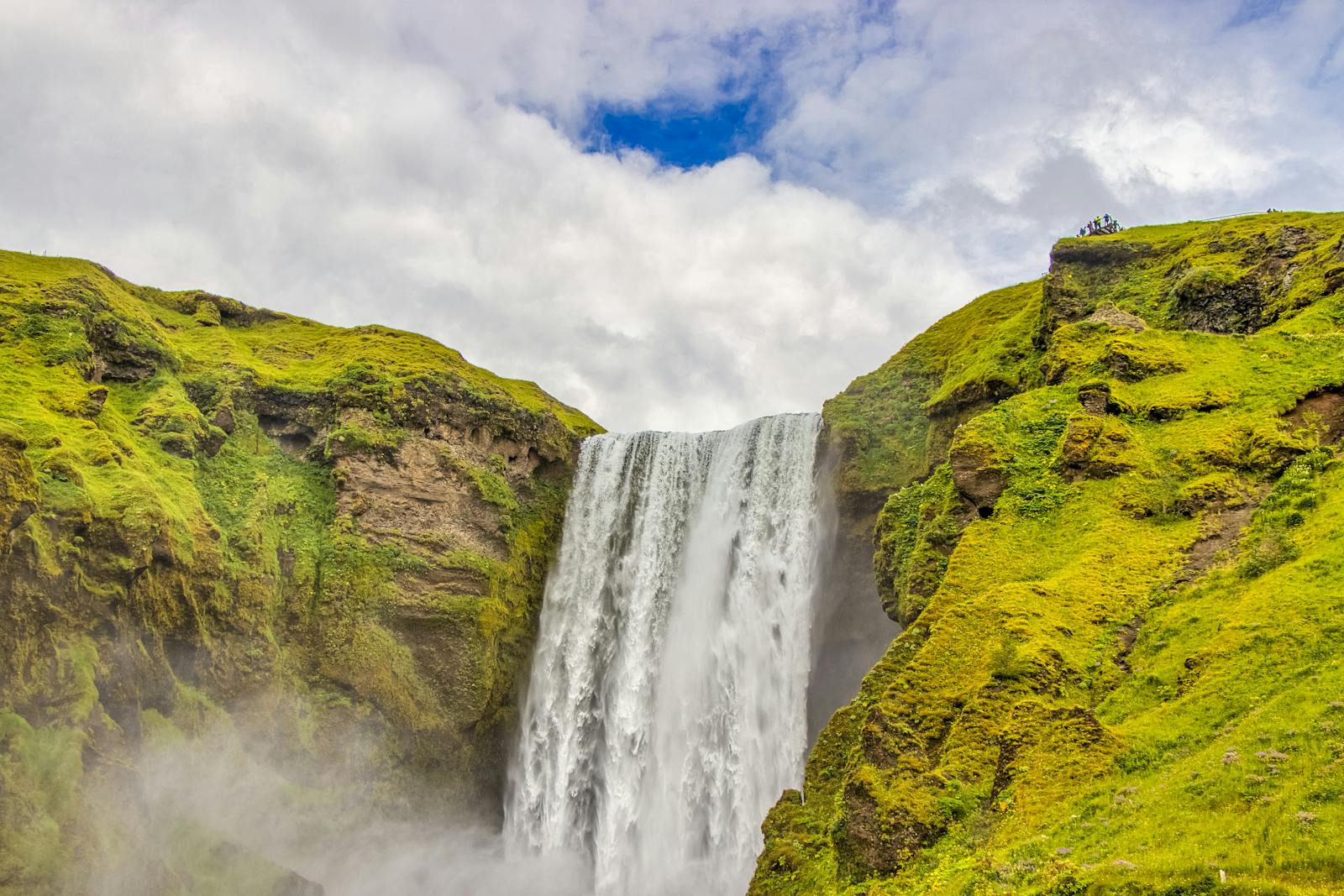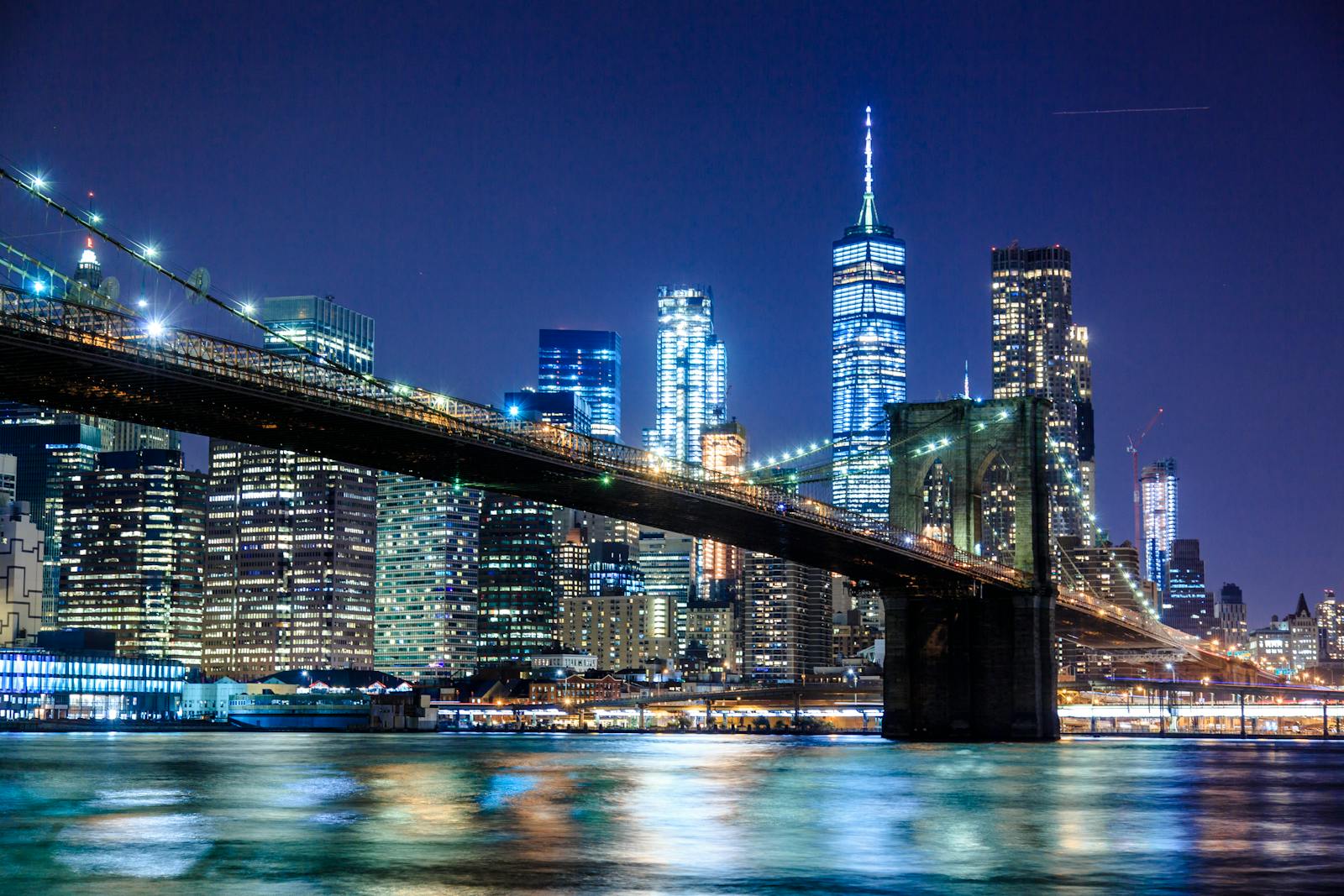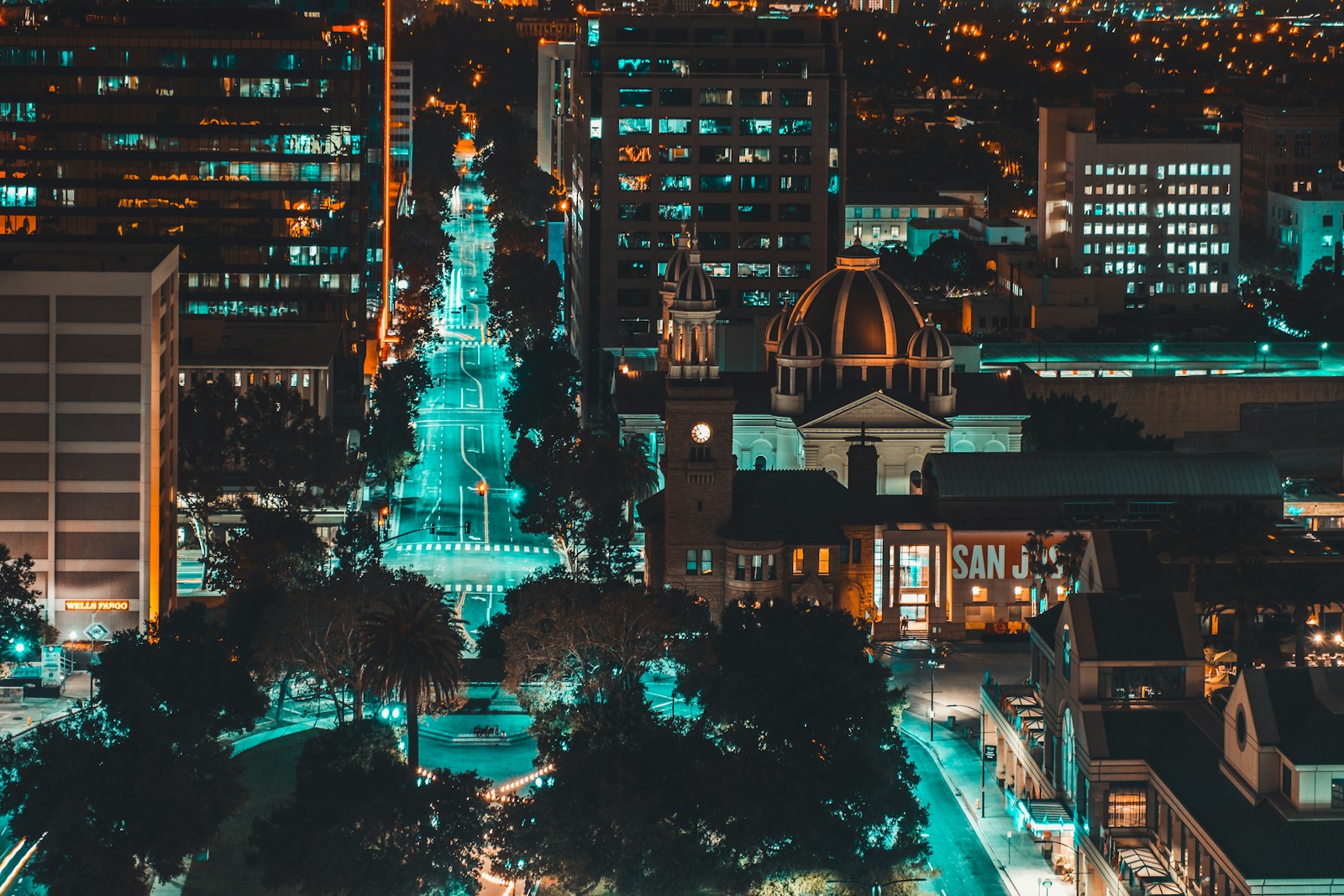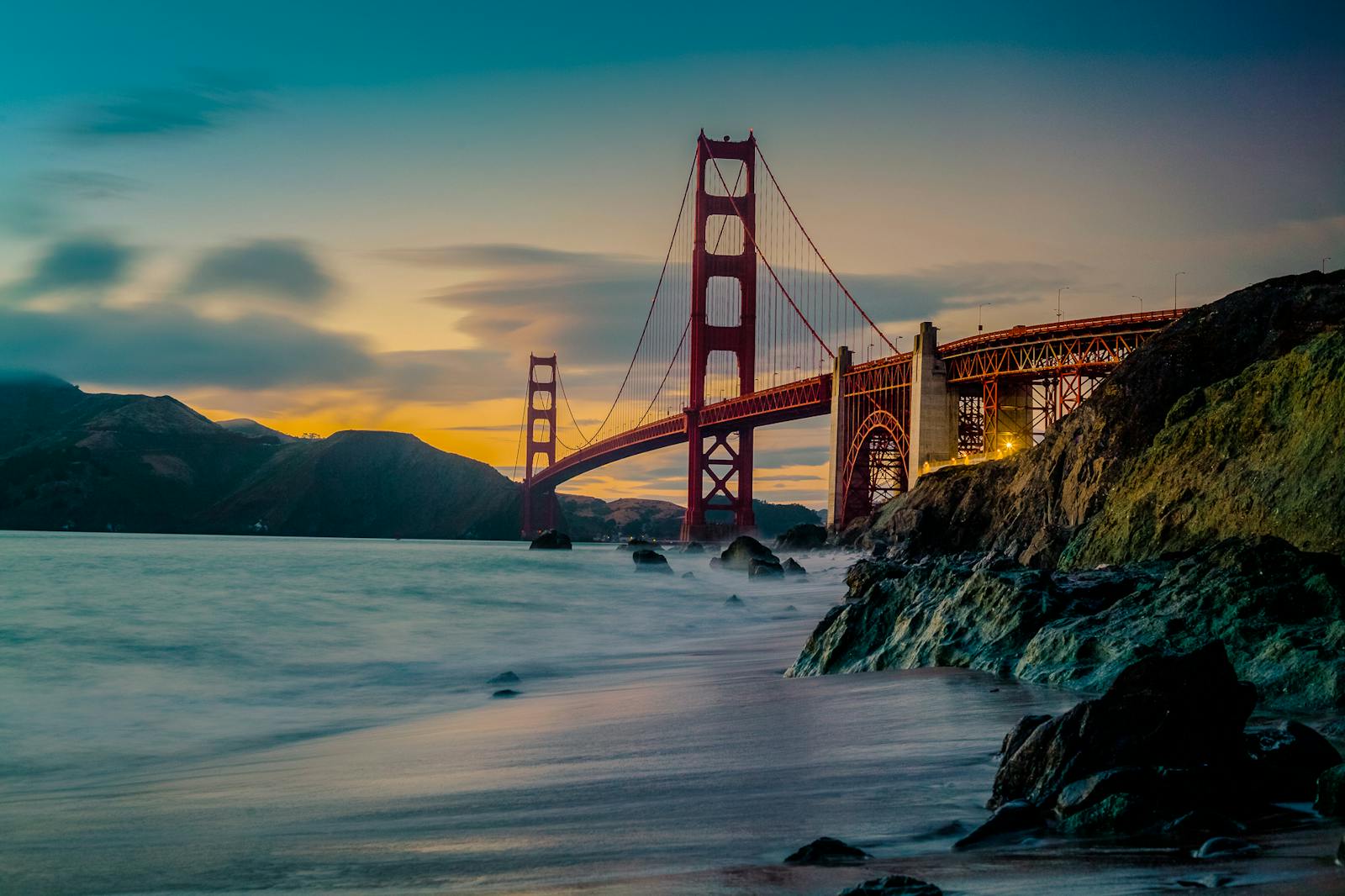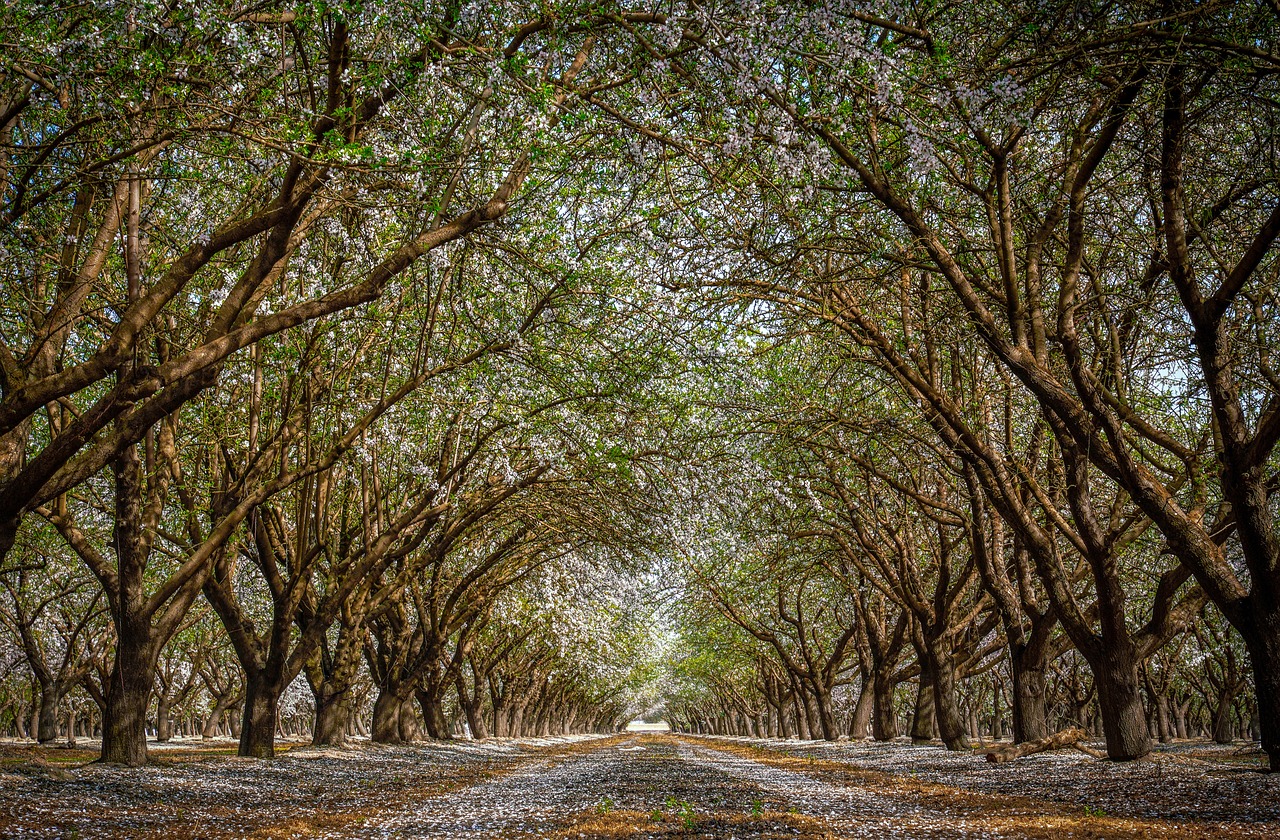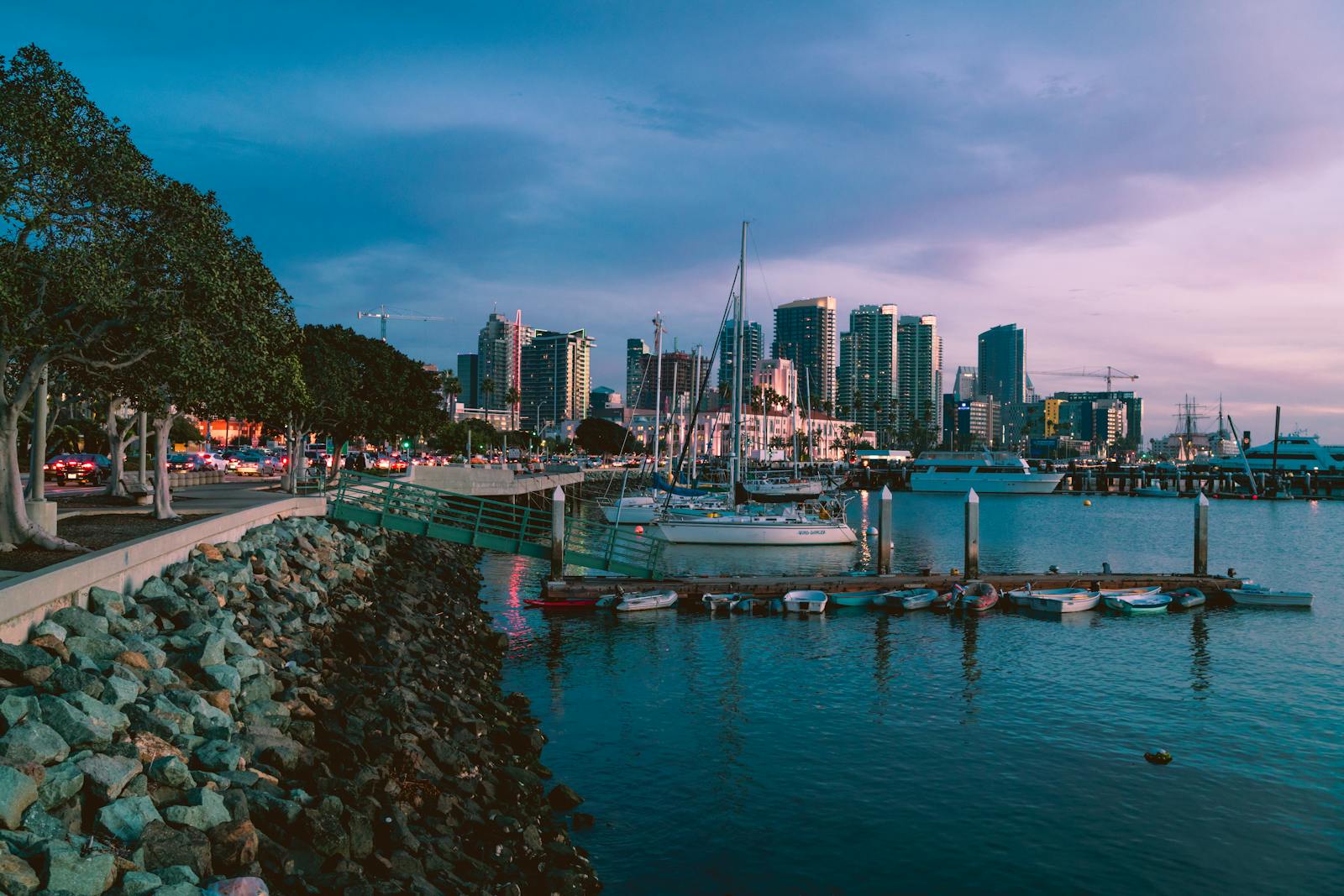London Tap Water
London’s tap water is among the safest in the world, meeting strict UK and EU regulations. It is sourced primarily from the River Thames and groundwater aquifers, undergoing advanced filtration, UV treatment, and chlorine disinfection before distribution. However, it is considered hard water due to high mineral content.
London Tap Water
London’s tap water is among the safest in the world, meeting strict UK and EU regulations. It is sourced primarily from the River Thames and groundwater aquifers, undergoing advanced filtration, UV treatment, and chlorine disinfection before distribution. However, it is considered hard water due to high mineral content.
London Tap Water Ratings
💧 Tap Water Quality Score
✅ Safety Standards Met
Yes
👅 Taste Rating
⚖️ pH Level
7.8
🪨 Hardness Level
Hard
⚠️ Common Contaminants
Chlorine, nitrates, microplastics, trace metals (lead, copper), and pharmaceuticals (though all within legal limits).
🧫 Microbial Safety
Safe
🧴 Chlorine Level
0.5 mg/L mg/L
🦷 Fluoride Level
0.0 ppm ppm
🌍 Environmental Sustainability Score
Public Health and Water Management in London 🇬🇧
London’s public health system is closely tied to its water management, ensuring safe drinking water, sanitation, and disease prevention for its growing population. With advanced filtration, strict regulations, and continuous monitoring, the city maintains high water quality standards, minimizing public health risks. However, challenges remain in pollution control, flood resilience, and infrastructure aging.
🏥 Safe Drinking Water & Public Health Protections
✔ Strict Water Quality Standards – The Drinking Water Inspectorate (DWI) enforces UK and EU regulations to ensure London’s tap water is safe.
✔ Advanced Filtration & Treatment – Water undergoes coagulation, UV treatment, and chlorine disinfection to eliminate bacteria, viruses, and pollutants.
✔ Hard Water & Health Effects – London’s water is naturally hard, which may contribute to mineral intake but also leads to limescale buildup.
✔ Lead & Pipe Contamination Risks – Older buildings may still have lead plumbing, requiring replacement or filtration to prevent contamination.
🚰 Wastewater Treatment & Public Safety
✔ Sewage Management & Flood Prevention – The Tideway Tunnel (Super Sewer) is a £4 billion project aimed at reducing sewage overflow into the Thames, improving water safety.
✔ Stormwater Runoff & Pollution Risks – Rainwater can carry microplastics, heavy metals, and chemicals into the river system, impacting both wildlife and human health.
✔ Smart Water Monitoring & Early Warning Systems – AI-driven real-time water quality tracking helps detect contaminants before they reach consumers.
✔ Public Education on Water Hygiene – Programs encourage proper disposal of pharmaceuticals and household chemicals to protect water quality.
🌡️ Climate Change & Water-Related Health Challenges
✔ Flooding & Waterborne Disease Risks – Heavy rainfall events can overwhelm drainage systems, increasing the risk of sewage overflows and bacterial outbreaks.
✔ Drought & Water Scarcity Concerns – London faces periodic water shortages, requiring stronger conservation efforts to prevent public health crises.
✔ Emerging Contaminants & Microplastics – Studies suggest trace pharmaceuticals and microplastics are present in the Thames, though their long-term health effects remain unclear.
🚀 Future Public Health & Water Safety Initiatives
✔ Expanding AI-Based Water Quality Monitoring – More predictive analysis and automation to detect contaminants before they impact consumers.
✔ Reducing Leakage & Infrastructure Upgrades – London aims to cut water leakage by 50% by 2050, ensuring a more reliable and sustainable supply.
✔ Climate-Resilient Water Systems – Investments in flood control, desalination, and alternative water sources will help prevent water-related health crises.
By maintaining high safety standards, investing in smart infrastructure, and preparing for climate challenges, London is securing public health through strong water management.
Infrastructure and Technology in London’s Water Management 🇬🇧
London’s water infrastructure is a blend of historic engineering and modern technology, ensuring efficient water distribution, wastewater treatment, and flood protection. With a growing population and increasing climate risks, the city is investing in smart water monitoring, AI-driven systems, and sustainable infrastructure upgrades to secure its future water supply.
🏗️ Key Components of London’s Water Infrastructure
✔ The Thames Water Ring Main – A 50-mile underground pipeline that efficiently distributes water across Greater London.
✔ Reservoir & Groundwater Systems – London relies on major reservoirs like Queen Mary and Wraysbury and groundwater sources for drinking water supply.
✔ Sewage Treatment & Recycling Plants – Facilities like Beckton and Crossness process wastewater, ensuring clean water returns to the environment.
✔ Smart Metering & Leak Detection – AI-powered real-time monitoring helps detect leaks and reduce water loss.
🚰 Advanced Water Treatment & Recycling Technologies
✔ State-of-the-Art Water Filtration – Processes include coagulation, sedimentation, UV disinfection, and chlorine treatment to ensure clean drinking water.
✔ Tideway Tunnel (Super Sewer) – A £4 billion project to prevent sewage overflows into the Thames, improving river health and sanitation.
✔ Beckton Desalination Plant – Converts brackish water into drinking water, serving as an emergency supply during droughts.
✔ Reclaimed & Recycled Water Systems – Increasing investments in greywater recycling for irrigation and industrial use.
🌍 Smart Technology & Sustainable Water Systems
✔ AI & Predictive Analytics for Water Demand – Thames Water uses machine learning and IoT sensors to optimize supply and efficiency.
✔ Sustainable Drainage Systems (SuDS) – Green infrastructure, including rain gardens, permeable pavements, and bio-swales, reduces flood risks.
✔ Digital Twin Technology – Simulations help predict water demand, maintenance needs, and flood risks, improving long-term planning.
✔ Energy-Efficient Water Utilities – Increasing use of renewable energy to power water treatment plants, reducing the carbon footprint.
🌡️ Climate-Resilient Infrastructure & Water Security
✔ Thames Barrier & Flood Protection – One of the world’s most advanced flood defense systems, protecting London from rising sea levels.
✔ Stormwater Management Upgrades – Smart drainage and retention basins help prevent urban flooding during heavy rainfall.
✔ Water Efficiency Policies for New Developments – Regulations require rainwater harvesting, low-flow appliances, and sustainable urban drainage.
🚀 Future Developments in London’s Water Infrastructure
✔ Expansion of AI & IoT for Water Monitoring – Increasing real-time data tracking to reduce water waste and improve efficiency.
✔ Scaling Up Water Reuse & Recycling – More investment in treated wastewater reuse for non-drinking purposes.
✔ Net-Zero Carbon Water Utilities – Aiming for a fully decarbonized water management system by 2050.
London’s water infrastructure continues to evolve, integrating advanced technology, smart monitoring, and sustainable design to ensure a secure and resilient water supply for future generations.
Water Management System in London 🇬🇧
London’s water management system is one of the most advanced and regulated in the world, ensuring a clean, reliable water supply, effective wastewater treatment, and flood protection. With a growing population and climate-related challenges, the city continuously adapts its infrastructure, conservation policies, and technology to meet future demands.
💧 Key Components of London’s Water Management System
✔ Water Supply & Distribution – Thames Water provides 2.6 billion liters of drinking water daily, sourced primarily from the River Thames, River Lee, reservoirs, and groundwater aquifers.
✔ Reservoir & Groundwater Storage – Major reservoirs like Queen Mary and Wraysbury store treated water for high-demand periods.
✔ Smart Water Grid & Leak Detection – AI-driven leak detection and predictive maintenance reduce water loss across the city.
✔ Thames Water Ring Main – A 50-mile underground pipeline system ensures efficient water distribution across Greater London.
🚰 Wastewater Treatment & Drainage Systems
✔ Sewage Treatment Plants – Facilities like Beckton and Crossness process wastewater before returning it to the River Thames.
✔ The Tideway Tunnel (Super Sewer) – A £4 billion project to reduce sewage overflows, protecting the Thames from pollution.
✔ Sustainable Drainage Systems (SuDS) – Green infrastructure such as rain gardens, retention ponds, and permeable surfaces manage stormwater and prevent flooding.
✔ Stormwater Pollution Control – Upgraded drainage systems filter contaminants before they reach rivers and reservoirs.
🌊 Flood Management & Climate Resilience
✔ Thames Barrier – One of the world’s largest flood defense systems, protecting London from tidal surges and rising sea levels.
✔ Urban Flood Protection – New developments incorporate flood-resistant designs, permeable infrastructure, and stormwater retention systems.
✔ Drought Resilience & Emergency Water Supply – The Beckton Desalination Plant provides an alternative water source during shortages.
🌿 Sustainability & Water Conservation Initiatives
✔ Water Efficiency Programs – Public campaigns promote low-flow appliances, smart meters, and rainwater harvesting.
✔ Greywater & Wastewater Recycling – Increasing investment in water reuse for irrigation, industrial use, and environmental restoration.
✔ AI & IoT for Smart Water Management – Real-time monitoring and predictive analytics optimize water use and reduce waste.
✔ Carbon Reduction in Water Treatment – Water utilities are transitioning to renewable energy and low-carbon treatment processes.
🚀 The Future of Water Management in London
✔ Expansion of Water Reuse & Recycling – More projects to reclaim and repurpose treated wastewater.
✔ AI-Driven Leak Prevention – Further development of real-time water tracking to improve efficiency.
✔ Stronger Climate Adaptation Policies – Increased flood resilience and water conservation regulations for businesses and homes.
London’s water management system is a model of efficiency, sustainability, and resilience, ensuring long-term security for its water supply and urban ecosystem.
Water Resource Availability in London 🇬🇧
London’s water resource availability depends on a combination of river water, reservoirs, groundwater, and emergency desalination to meet the daily needs of nearly 9 million residents. With growing demand, climate change pressures, and seasonal drought risks, the city is focusing on sustainable water conservation, smart management, and alternative water sources to secure its future supply.
💧 Main Sources of Water in London
✔ River Thames & River Lee – Provide over 80% of London’s drinking water, treated at major facilities like Coppermills and Walton.
✔ Reservoirs & Surface Water Storage – Large reservoirs such as Queen Mary, Wraysbury, and King George V store treated water, ensuring supply reliability.
✔ Groundwater Aquifers – Around 20% of London’s water comes from underground sources, particularly in North and South London.
✔ Rainwater Collection & Sustainable Drainage – Increased efforts to capture and store rainfall, reducing reliance on surface water and reservoirs.
🚰 Challenges in Water Resource Availability
✔ Seasonal Water Scarcity & Drought Risk – Despite its rainy reputation, London experiences water stress, particularly in summer due to low rainfall and high demand.
✔ High Consumption Rates – Londoners use an average of 142 liters per person per day, exceeding consumption in many other European cities.
✔ Leakage & Water Loss – Aging infrastructure results in 600 million liters of water lost daily, requiring urgent pipe repairs and efficiency upgrades.
✔ Climate Change Pressures – Rising temperatures and unpredictable rainfall patterns increase risks of both floods and droughts, straining water resources.
🌿 Sustainable Solutions & Future Strategies
✔ Water Efficiency Programs – Smart meters, conservation campaigns, and low-flow appliances help reduce water wastage.
✔ Expansion of Recycled Water Use – More buildings are adopting greywater recycling for non-drinking purposes, reducing strain on freshwater supplies.
✔ Desalination for Emergency Supply – The Beckton Desalination Plant can provide up to 150 million liters of drinking water per day during shortages.
✔ Reservoir & Groundwater Management – Plans for additional water storage solutions to enhance long-term security.
🚀 The Future of London’s Water Security
✔ AI-Powered Water Demand Forecasting – Expanding predictive analytics to optimize supply and prevent shortages.
✔ Stronger Regulations on Industrial & Commercial Water Use – Stricter conservation requirements for businesses and large developments.
✔ Public Awareness & Incentives for Water Saving – Encouraging households and industries to reduce water waste through education and incentives.
London’s diverse water sources and strategic management efforts are ensuring long-term water security, despite increasing environmental pressures.
Environmental Impact of Water Management in London 🇬🇧
London’s water management system has a significant environmental footprint, balancing urban water demand, flood resilience, and pollution control. While the city has made strides in water conservation, wastewater treatment, and green infrastructure, challenges remain in pollution reduction, energy efficiency, and climate adaptation.
🌿 Positive Environmental Contributions
✔ Thames Cleanup & Water Quality Improvements – Decades of investment in sewage treatment and pollution control have turned the River Thames into one of the cleanest urban rivers in the world.
✔ Sustainable Drainage Systems (SuDS) – London integrates green roofs, wetlands, and permeable pavements to absorb rainwater, reducing flood risks and improving groundwater recharge.
✔ Water Recycling & Reuse – The city promotes greywater recycling, reclaimed water for industrial use, and advanced wastewater treatment to reduce freshwater demand.
✔ Energy-Efficient Water Treatment – Thames Water is shifting toward renewable energy sources and low-carbon water treatment processes to minimize environmental impact.
⚠️ Environmental Challenges & Risks
✔ Sewage Overflows & River Pollution – Despite improvements, stormwater and sewage overflows continue to impact the Thames and local waterways.
✔ High Carbon Footprint of Water Supply – Pumping, treating, and distributing water require significant energy, contributing to CO₂ emissions.
✔ Groundwater Depletion & Over-Extraction – Increased reliance on underground aquifers has led to fluctuating water table levels, affecting ecosystems.
✔ Plastic & Chemical Contaminants – Microplastics, pharmaceuticals, and industrial pollutants still enter water sources, impacting aquatic life.
🌍 Climate Adaptation & Environmental Protection Efforts
✔ The Thames Tideway Tunnel (Super Sewer) – A £4 billion project to prevent sewage spills into the Thames, significantly reducing water pollution.
✔ AI-Based Water Quality Monitoring – Smart sensors track real-time contamination levels, ensuring early detection and response.
✔ Flood & Stormwater Resilience – Expanding wetlands, retention ponds, and bio-swales helps mitigate flood risks and protect habitats.
✔ Stronger Industrial Water Regulations – Stricter limits on pollution discharge from factories and commercial sites protect waterways.
🚀 The Future of Sustainable Water Management in London
✔ Expanding Green Infrastructure & Wetlands – More investment in natural water filtration systems to protect river ecosystems and biodiversity.
✔ Scaling Up Recycled & Reclaimed Water Use – Increasing the use of treated wastewater for irrigation, industrial applications, and environmental restoration.
✔ Net-Zero Carbon Water Utilities – Thames Water aims to fully decarbonize operations, using renewable energy for water treatment.
✔ Stronger Policies on Water Conservation – Future regulations will push for reduced household and commercial water consumption.
London’s commitment to sustainable water management ensures that future generations will have access to clean water while protecting natural ecosystems.
Water Management In London
Get notified on new water management news, updates & advancements in London.
Shop Books, eBooks, Audiobooks
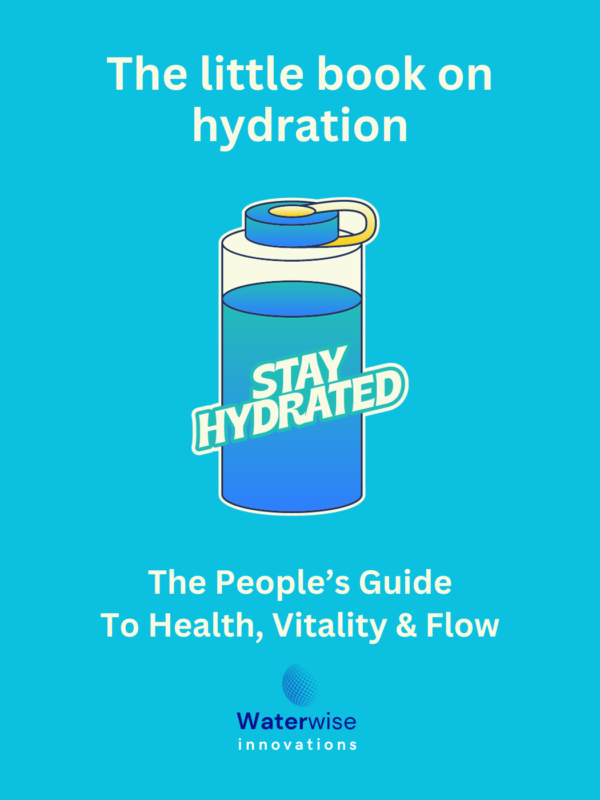
The Little Book on Hydration: The People’s Guide To Health, Vitality & Flow (Audiobook)
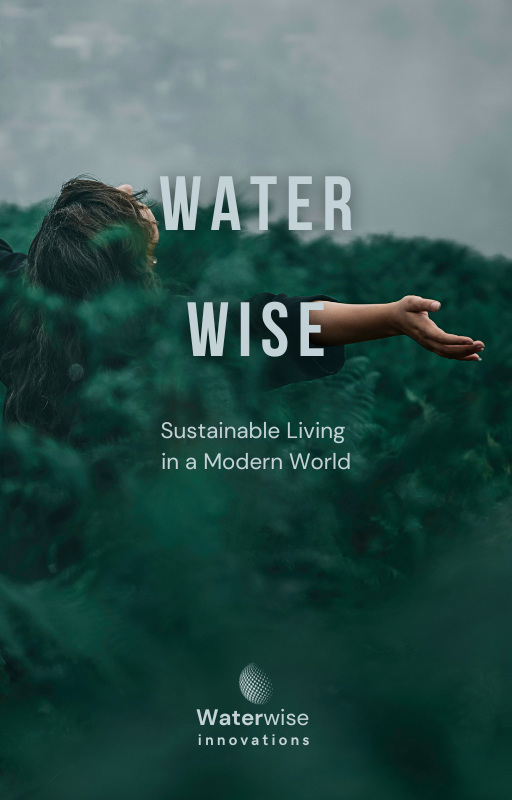
Water Wise: Sustainable Living in a Modern World
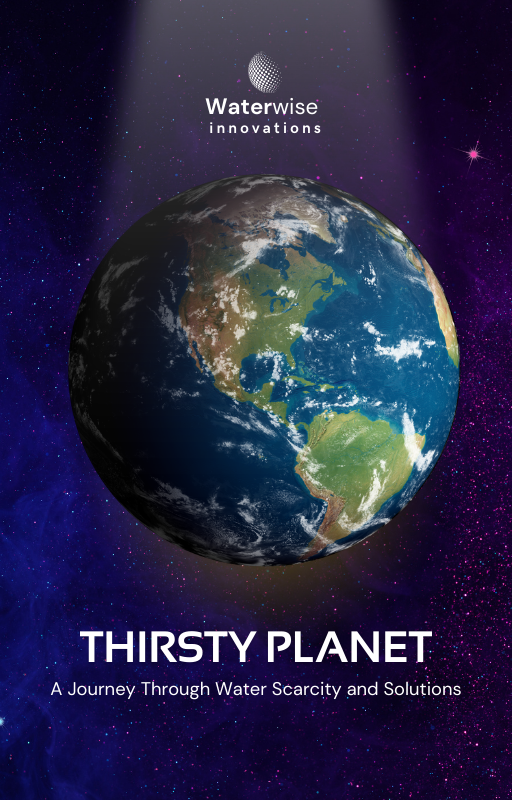
Thirsty Planet: A Journey Through Water Scarcity and Solutions

Atmospheric Water Generators: And How to Build One
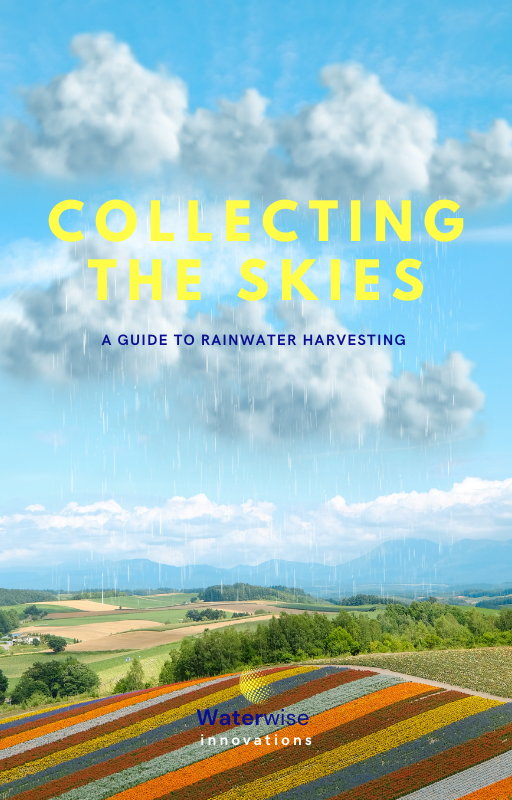
Collecting the Skies: A Guide to Rainwater Harvesting
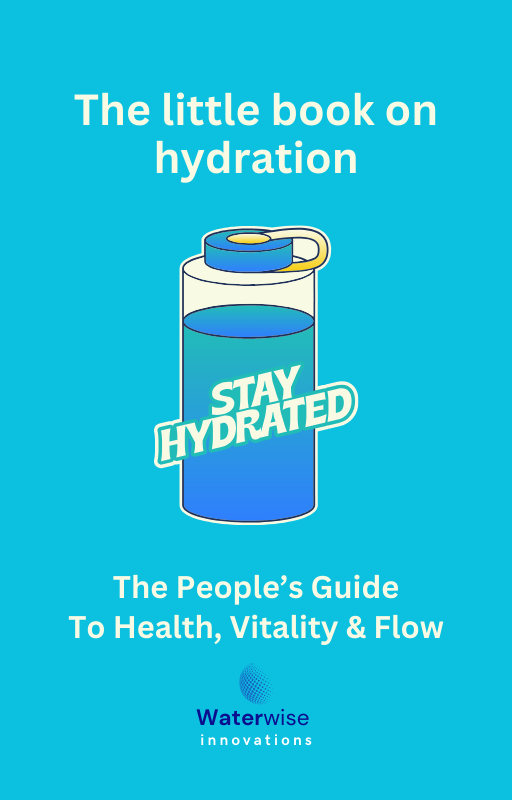
The Little Book on Hydration: The People’s Guide To Health, Vitality & Flow
Reviews of London Tap Water
There are no reviews yet. Be the first one to write one.
There are no reviews yet. Be the first one to write one.


